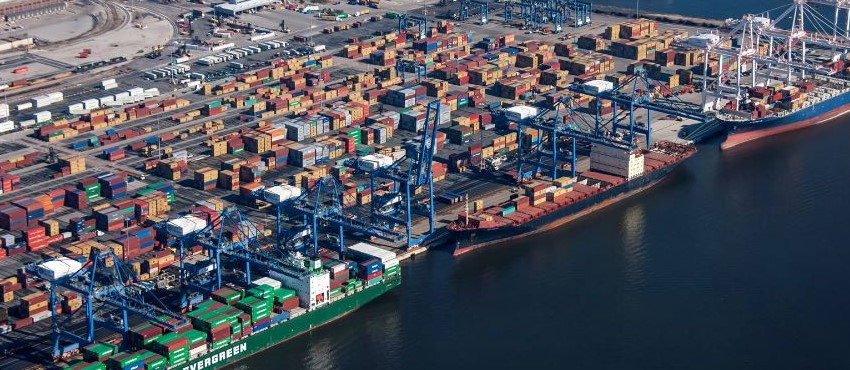Principal Investigator: Jenny Carney, Smithsonian Environmental Research Center
Co-Principal Investigator: Greg Ruiz, Smithsonian Environmental Research Center
Years funded: 2019-2021
Project Description
Shipping, frequently via ballast water (BW), is a major vector for aquatic organism movement worldwide, with invasive species recognized as one of the greatest threats to global biodiversity. Effective management to prevent introductions is imperative as global shipping is continually expanding. In 2018, 17 million m^3 BW was discharged into the Chesapeake Bay. In April 2018, the Dominion Cove Point LNG terminal began exporting to global markets. After commencing export operations, it has received more than 1.3million m^3 BW, ~8% of total to the Chesapeake Bay. This is a significant new source of BW input, and will further increase as the terminal reaches full operating capacity.
We will utilize data from the National Ballast Information Clearinghouse to track ballast activity at Cove Point during its first operational years. Specifically, we will use arrival numbers, BW volumes, source regions, and ballast management information to characterize changes in ballast patterns in the Chesapeake Bay. In addition, we will collect plankton samples from two sites near the facility, seasonally between fall 2019 and fall 2020. Usinf biota data previously collected by the lab (2012, 2014, 2017) we will look for new organisms that might have been discharged at the facility with BW.
Image Credit: Port of Baltimore

